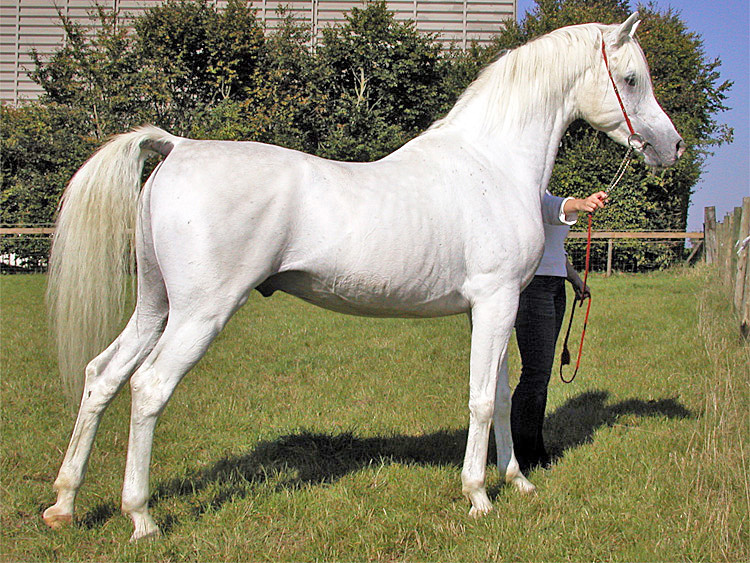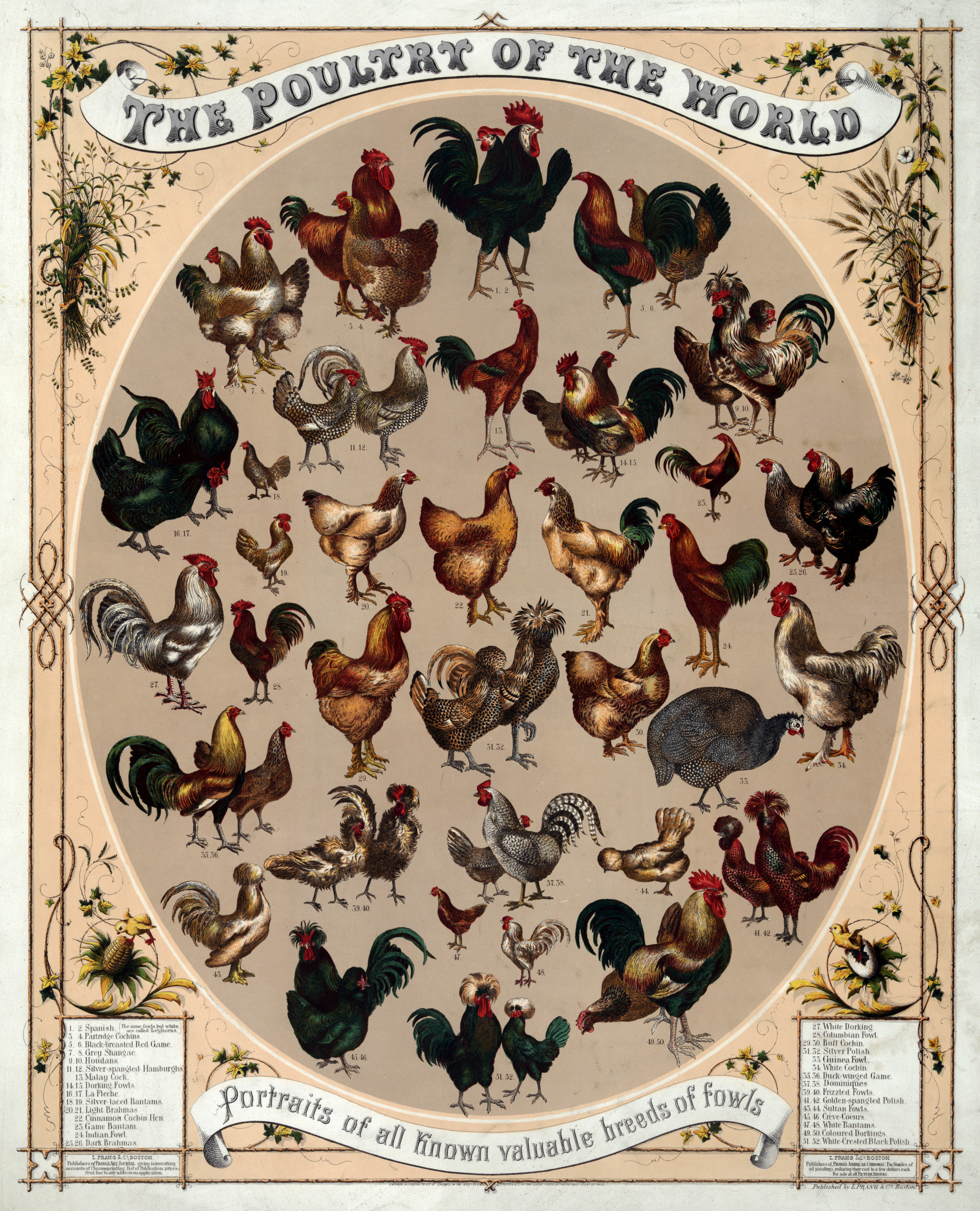|
Altsteirer
, country = Slovenia, Austria , distribution = , standard Styrian Hen(in Slovene, page 30) , use = Dual-purpose breed: mostly eggs, meat , apa = , aba = , aps = , pcgb = , maleweight = 2.5–3.0 kg , femaleweight = 1.8-2.2 kg , skincolor = White , eggcolor = Light, ivory , comb = Single , note = , ee = yes , type = Chicken , latin = Gallus gallus domesticus Altsteirer, also known as the Styrian Hen and Chicken, sl, Štajerska kokoš or Štajerka, italic=no, german: Altsteirer Huhn, italic=no, is an autochthonous breed of domestic chicken originating in Slovenia and Austrian state Styria. The Styrian Hen is known as the only autochthonous (native) chicken breed of Slovenian area, with all other breeds being traditional at most, hence introduced in the past and consequently adapted to country's conditions. The Altsteirer's set of traits suggests ... [...More Info...] [...Related Items...] OR: [Wikipedia] [Google] [Baidu] |
Entente Européenne D'Aviculture Et De Cuniculture
The , usually known as the or simply EE, is a European organisation of breeders of poultry, pigeons, rabbits, guinea-pigs and cage-birds. It was founded in Brussels on 18 June 1938 as the ; the founding members were from Belgium, France, Luxembourg and the Netherlands. It is now based in Luxembourg Luxembourg ( ; lb, Lëtzebuerg ; french: link=no, Luxembourg; german: link=no, Luxemburg), officially the Grand Duchy of Luxembourg, ; french: link=no, Grand-Duché de Luxembourg ; german: link=no, Großherzogtum Luxemburg is a small land .... It represents some 2.5 million members from 31 countries. It sometimes uses an alternative name: * french: Association Européenne pour l'Elevage de Volailles, de Pigeons, d'Oiseaux, de Lapins et de Cobayes, italic=no * german: Europäischer Verband für Geflügel-, Tauben-, Vogel-, Kaninchen- und Caviazucht, italic=no * European Association of Poultry, Pigeon, Cage Bird, Rabbit and Cavy Breeders. References {{reflist, 45em, refs= ... [...More Info...] [...Related Items...] OR: [Wikipedia] [Google] [Baidu] |
Celje
) , pushpin_map = Slovenia , pushpin_label_position = left , pushpin_map_caption = Location of the city of Celje in Slovenia , coordinates = , subdivision_type = Country , subdivision_name = , subdivision_type1 = Traditional region , subdivision_name1 = Styria , subdivision_type2 = Statistical region , subdivision_name2 = Savinja , subdivision_type3 = Municipality , subdivision_name3 = Celje , established_title = Town rights , established_date = 11 April 1451 , founder = , named_for = , parts_type = Districts & local communities , parts_style = list , p1 = , p2 = , government_type ... [...More Info...] [...Related Items...] OR: [Wikipedia] [Google] [Baidu] |
Comb (anatomy)
A comb is a fleshy growth or crest on the top of the head of some gallinaceous birds, such as domestic chickens. The alternative name cockscomb (with several spelling variations) reflects the fact that combs are generally larger on cock birds than on hens. The comb is one of several fleshy protuberances on the heads of chickens, the others being the wattles and earlobes, which collectively are called caruncles. In turkeys, the caruncles are the fleshy nodules on the head and throat. Chicken combs are most commonly red, but may also be black or dark purple in breeds such as the Silkie or the Sebright. In other species the color may vary from light grey to deep blue or red. The comb may be a reliable indicator of health or vigor and is used for mate-assessment in some poultry species. Types of chicken comb Comb shape varies considerably depending on the breed or species of bird. Of the many types and shapes seen in chicken cocks the principal ones are: * the single comb, ... [...More Info...] [...Related Items...] OR: [Wikipedia] [Google] [Baidu] |
Beak
The beak, bill, or rostrum is an external anatomical structure found mostly in birds, but also in turtles, non-avian dinosaurs and a few mammals. A beak is used for eating, preening, manipulating objects, killing prey, fighting, probing for food, courtship, and feeding young. The terms ''beak'' and '' rostrum'' are also used to refer to a similar mouth part in some ornithischians, pterosaurs, cetaceans, dicynodonts, anuran tadpoles, monotremes (i.e. echidnas and platypuses, which have a beak-like structure), sirens, pufferfish, billfishes and cephalopods. Although beaks vary significantly in size, shape, color and texture, they share a similar underlying structure. Two bony projections – the upper and lower mandibles – are covered with a thin keratinized layer of epidermis known as the rhamphotheca. In most species, two holes called ''nares'' lead to the respiratory system. Etymology Although the word "beak" was, in the past, generally restricted to the sharpened ... [...More Info...] [...Related Items...] OR: [Wikipedia] [Google] [Baidu] |
Wilhelma Haushuhn
) , native_name_lang = deu / ger , logo = Wilhelma Zoo Logo.png , logo_size = , logo_alt = Logo of Wilhelma Zoo and Botanical Garden , logo_caption = Logo of Wilhelma Zoo and Botanical Garden , image = Stuttgart Wilhelma 1900.jpg , image_size = , image_alt = Wilhelma Zoo circa 1900 , image_caption = Wilhelma Zoo circa 1900 , map_type = Baden-Württemberg#Germany , map_alt = , map_caption = Location in Germany , map_size = , map_dot_label = Wilhelma Zoo, Stuttgart , alternate_names = Schloss Wilhelma , building_type = Zoo , architectural_style = Moorish Revival , classification = Zoo , location = Bad Cannstatt District, Baden-Württemberg , address = Wilhelma 13, 70376 Stuttgart, Germany , location_city = Stuttgart , location_country = Germany , coordinates = , altitude = , current_ten ... [...More Info...] [...Related Items...] OR: [Wikipedia] [Google] [Baidu] |
Purebred
Purebreds are " cultivated varieties" of an animal species achieved through the process of selective breeding. When the lineage of a purebred animal is recorded, that animal is said to be " pedigreed". Purebreds breed true-to-type which means the progeny of like-to-like purebred parents will carry the same phenotype, or observable characteristics of the parents. A group of purebreds is called a pure-breeding line or strain. True breeding In the world of selective animal breeding, to "breed true" means that specimens of an animal breed will breed true-to-type when mated like-to-like; that is, that the progeny of any two individuals of the same breed will show fairly consistent, replicable and predictable characteristics, or traits with sufficiently high heritability. A puppy from two purebred dogs of the same breed, for example, will exhibit the traits of its parents, and not the traits of all breeds in the subject breed's ancestry. However, breeding from too small a gene po ... [...More Info...] [...Related Items...] OR: [Wikipedia] [Google] [Baidu] |
University Of Ljubljana
The University of Ljubljana ( sl, Univerza v Ljubljani, , la, Universitas Labacensis), often referred to as UL, is the oldest and largest university in Slovenia. It has approximately 39,000 enrolled students. History Beginnings Although certain academies (notably of philosophy and theology) were established as Jesuit higher education in what is now Slovenia as early as the seventeenth century, the first university was founded in 1810 under the ''Écoles centrales'' of the French imperial administration of the Illyrian provinces. The chancellor of the university in Ljubljana during the French period was Joseph Walland (a.k.a. , 1763–1834), born in Upper Carniola. That university was disbanded in 1813, when Austria regained territorial control and reestablished the Imperial Royal Lyceum of Ljubljana as a higher-education institution. Quest for a national university During the second half of the 19th century, several political claims for the establishment of a Slovene-langu ... [...More Info...] [...Related Items...] OR: [Wikipedia] [Google] [Baidu] |
Slovenian War Of Independence
The Ten-Day War ( sl, desetdnevna vojna), or the Slovenian War of Independence (), was a brief armed conflict that followed Slovenia's declaration of independence from Yugoslavia on 25 June 1991. It was fought between the separatists of the Slovenian Territorial Defence and the Yugoslav People's Army (or JNA). It lasted from 27 June 1991 until 7 July 1991, when the Brioni Accords were signed. It was the second of the Yugoslav wars to start in 1991, following the Croatian War of Independence, and by far the shortest of the conflicts with fewest overall casualties. The war was brief because the Yugoslav People's Army (JNA, dominated by Serbo-Montenegrins, although still made up of all the nationalities of Yugoslavia) did not want to waste resources on this campaign, as it was preparing for the Croatian War of Independence, where the Serbo-Montenegrin majority in Yugoslavia did have territorial uses, unlike Slovenia, which was considered "ethnically homogeneous" and therefo ... [...More Info...] [...Related Items...] OR: [Wikipedia] [Google] [Baidu] |
Crossbreed
A crossbreed is an organism with purebred parents of two different breeds, varieties, or populations. ''Crossbreeding'', sometimes called "designer crossbreeding", is the process of breeding such an organism, While crossbreeding is used to maintain health and viability of organisms, irresponsible crossbreeding can also produce organisms of inferior quality or dilute a purebred gene pool to the point of extinction of a given breed of organism. A domestic animal of unknown ancestry, where the breed status of only one parent or grandparent is known, may also be called a crossbreed though the term "mixed breed" is technically more accurate. Outcrossing is a type of crossbreeding used within a purebred breed to increase the genetic diversity within the breed, particularly when there is a need to avoid inbreeding. In animal breeding, ''crossbreeds'' are crosses within a single species, while '' hybrids'' are crosses between different species. In plant breeding terminology, the t ... [...More Info...] [...Related Items...] OR: [Wikipedia] [Google] [Baidu] |
Poultry Industry
Poultry farming is the form of animal husbandry which raises poultry, domesticated birds such as chickens, Domestic duck, ducks, turkey (domesticated), turkeys and domesticated goose, geese to produce chicken meat, meat or Egg as food, eggs for food. Poultry – mostly chickens – are farmed in great numbers. More than 60 billion chickens are killed for consumption annually. Chickens raised for eggs are known as layers, while chickens raised for meat are called broilers. In the United States, the national organization overseeing poultry production is the Food and Drug Administration (United States), Food and Drug Administration (FDA). In the UK, the national organisation is the Department for Environment, Food and Rural Affairs (Defra). Intensive and alternative According to the World Watch Institute, 74 percent of the world's poultry meat, and 68 percent of eggs are produced intensively.''State of the World 2006'' World "atch Institute, p. 26 One alternative to intensive p ... [...More Info...] [...Related Items...] OR: [Wikipedia] [Google] [Baidu] |
Poultry
Poultry () are domesticated birds kept by humans for their eggs, their meat or their feathers. These birds are most typically members of the superorder Galloanserae (fowl), especially the order Galliformes (which includes chickens, quails, and turkeys). The term also includes birds that are killed for their meat, such as the young of pigeons (known as squabs) but does not include similar wild birds hunted for sport or food and known as game. The word "poultry" comes from the French/Norman word ''poule'', itself derived from the Latin word ''pullus'', which means "small animal". Recent genomic study involving the four extant Junglefowl species reveals that the domestication of chicken, the most populous poultry species, occurred around 8,000 years ago in Southeast Asia - although this was previously believed to have occurred later - around 5,400 years ago - in Southeast Asia. The process may have originally occurred as a result of people hatching and rearing young bird ... [...More Info...] [...Related Items...] OR: [Wikipedia] [Google] [Baidu] |


.jpg)



.jpg)


